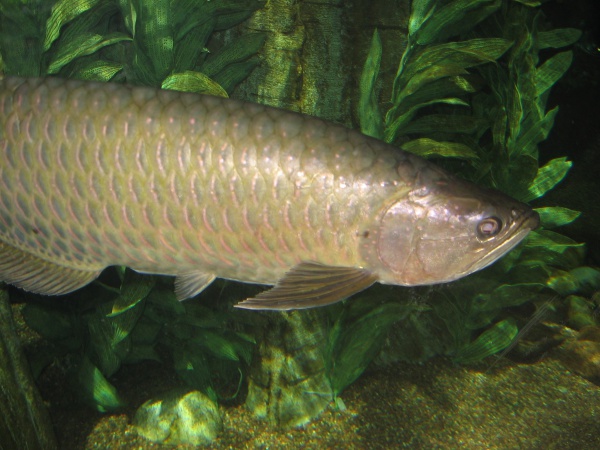Facts About Gulf saratoga
The Scleropages jardinii, commonly known as the Gulf saratoga, Australian bonytongue, or Northern Saratoga, is a captivating freshwater fish indigenous to Australia and New Guinea. This species belongs to the Osteoglossinae subfamily and is often referred to as the Australian arowana, along with its relative, Scleropages leichardti. These fish inhabit the Gulf of Carpentaria drainage system, northern Queensland, and New Guinea, thriving in tranquil, clear waters such as pools, billabongs, and slow-moving streams.
The Gulf saratoga features a sleek, dark-colored body adorned with large scales that exhibit reddish or pinkish spots, creating a striking pearly appearance. Though it closely resembles the Asian arowana (S. formosus), you can distinguish it by its duller colors and smaller scales. These fish can grow to impressive sizes, reaching up to 90 cm in length and weighing as much as 27 kg. Fortunately, they are not considered endangered and are not listed under the CITES conventions or the IUCN Red List.
Gulf saratogas are carnivorous, feeding on a variety of aquatic and terrestrial insects, small fish, and crustaceans. Notably, they are mouthbrooders, with the female reportedly carrying the young in her mouth for protection. Due to their resemblance to Asian arowanas, they are sometimes mistakenly sold as golden arowanas in some Asian markets. However, you can discern the difference by looking for their red-spotted fins and the presence of 7-8 rows of scales on their bodies.

 Indonesia
Indonesia